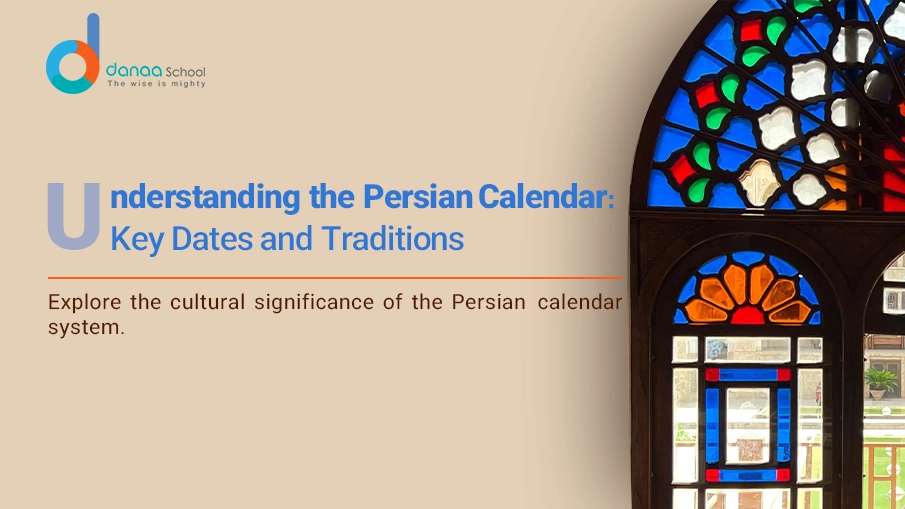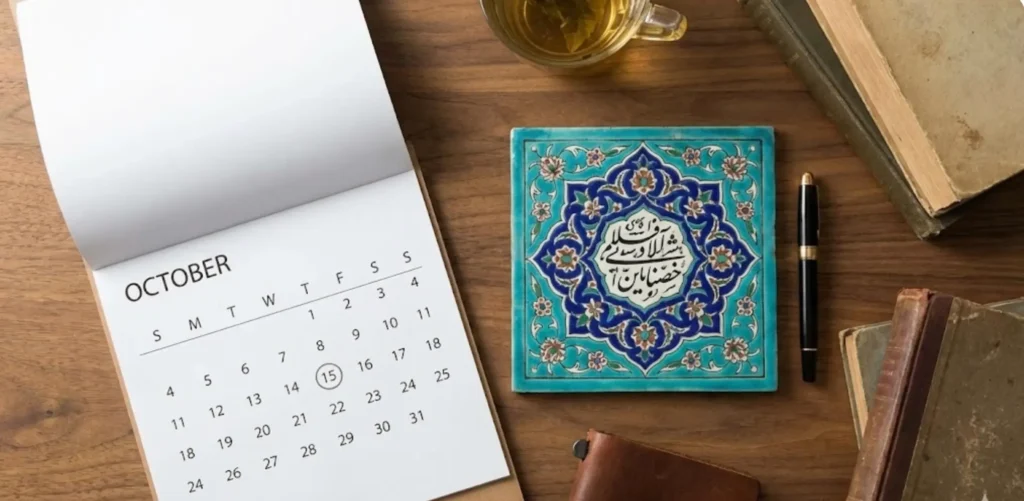The Persian Calendar, known as the Solar Hijri Calendar, is a fascinating blend of history, astronomy, and cultural identity. Unlike many calendars used today, it is rooted in a deep understanding of the solar cycle and reflects the rich traditions of Persian civilization.
Learning about this calendar is an exploration of numbers and dates and a journey into the heart of Persian culture, language, and history.
What Is the Persian Calendar?
The Persian Calendar is a solar calendar that aligns its months precisely with the solar year. It consists of 12 months, with the first six months containing 31 days each, the next five months 30 days each, and the final month either 29 or 30 days, depending on the leap year.
This alignment ensures the calendar remains accurate to the Earth’s journey around the sun, making it one of the most precise calendars globally.
The year begins on the vernal equinox, around March 21 in the Gregorian calendar. This date, marked as Nowruz or Persian New Year, signifies the start of spring—a season synonymous with renewal and celebration in Persian culture.
Historical Roots of the Persian Calendar
The roots of the Persian Calendar stretch back to ancient Persia and Zoroastrian traditions, where timekeeping was intertwined with religious and agricultural practices. The Achaemenid Empire (550–330 BCE) is credited with the early development of solar timekeeping, which evolved over centuries.
Renowned Persian scholars such as Omar Khayyam, a mathematician, poet, and astronomer, played a pivotal role in refining the calendar during the 11th century. His contributions, particularly to calculating leap years, ensured that the Persian Calendar would remain highly accurate—a legacy that continues today.
Structure of the Persian Calendar
The Persian Calendar divides the year into four seasons, each comprising three months. This seasonal division reflects the Earth’s natural cycles and aligns seamlessly with agricultural and cultural activities in Persian societies.
The months of the Persian Calendar are:
- Farvardin
- Ordibehesht
- Khordad
- Tir
- Mordad
- Shahrivar
- Mehr
- Aban
- Azar
- Dey
- Bahman
- Esfand
Each name has its roots in Persian mythology and Zoroastrianism, symbolizing various divinities, natural elements, and virtues.
How It Differs from the Gregorian Calendar
While the Gregorian calendar is widely used worldwide, the Persian Calendar offers unique advantages. The Gregorian calendar is solar but includes months of varying lengths that do not align perfectly with the Earth’s orbit. In contrast, the Persian Calendar’s structure ensures that months correspond precisely with the seasons.
The Persian Calendar also holds cultural significance. Its New Year begins at the spring equinox, a stark contrast to the Gregorian calendar’s arbitrary January 1 start date. This natural alignment resonates deeply with Persian traditions, emphasizing renewal and harmony with nature.
Nowruz: The Persian New Year
Nowruz, meaning “New Day,” is the most celebrated event in the Persian Calendar. Observed at the vernal equinox, it marks the first day of Farvardin and the start of spring. This festival has been celebrated for over 3,000 years and symbolizes renewal, family, and the triumph of light over darkness.
During Nowruz, Persian families prepare a Haft-Seen table, an arrangement of seven symbolic items starting with the letter “S” in Farsi. These items—such as Sabzeh (sprouted greens) and Seer (garlic)—represent themes like health, prosperity, and love.
Cultural Significance of the Persian Calendar
Beyond timekeeping, the Persian Calendar serves as a cultural compass. It governs agricultural practices, dictates the timing of festivals, and influences daily life. For instance, the festivals of Yalda Night, Mehregan, and Tirgan are all rooted in this calendar, celebrating themes like light, gratitude, and water.
Astronomical Precision of the Persian Calendar
What sets the Persian Calendar apart is its astronomical precision. Its leap-year system, developed by scholars like Omar Khayyam, ensures that the calendar remains accurate for millennia. Unlike the Gregorian calendar drifts slightly over centuries, the Persian Calendar stays closely aligned with the solar year.
Why the Persian Calendar Matters
The Persian Calendar is more than a timekeeping tool; it symbolizes cultural identity. Used primarily in Iran and Afghanistan, it also connects Persian-speaking communities across the globe. For the Persian diaspora, the calendar links to their heritage, reminding them of their shared history and traditions.
Learning Farsi Through Culture
Understanding the Persian Calendar can significantly enhance the experience of learning Farsi. Language and culture are deeply intertwined, and the calendar provides a cultural framework that makes the language more relatable.
For instance, phrases related to time, seasons, and festivals often draw from the calendar. A learner who understands Nowruz or Yalda Night will expand their vocabulary and grasp the cultural nuances of these words.
Learn Farsi with Danaa School
Danaa School takes a unique approach to teaching Farsi by integrating cultural elements like the Persian Calendar. Students gain a holistic understanding of Persian life by learning about festivals, traditions, and timekeeping. This immersive approach ensures that learners not only master the language but also connect emotionally with Persian culture.
Find Your Ideal
At Danaa School, you can choose your Farsi tutor from a selection of qualified and experienced teachers. Begin an exceptional journey into the world of Persian language!
Book Your Trial Lesson
Festivals Tied to the Calendar
The Persian Calendar is deeply interwoven with festivals celebrating natural cycles and human values. Key festivals include:
- Yalda Night: The longest night of the year, celebrated with poetry, storytelling, and pomegranates.
- Mehregan: A harvest festival symbolizing gratitude and friendship.
- Tirgan: A summer festival honoring water and rain.
Each festival is an opportunity to explore Persian traditions, making the calendar a gateway to cultural discovery.
The Role of Nowruz in Farsi
Nowruz is not just a cultural event but also a linguistic treasure. Many idiomatic expressions and phrases in Farsi are tied to Nowruz, such as greetings like “Nowruz Mobarak” (Happy Nowruz). Understanding these phrases adds depth to one’s language skills and connects learners to the emotional fabric of the culture.
Farsi Idioms Related to Time
Time-related idioms are abundant in Farsi, often reflecting the agricultural and seasonal influences of the Persian Calendar. Examples include:
- Har ruz rooz-e khodast: “Every day is its own day,” meaning each day brings its own opportunities.
- Bar sari sa’at boodan: “To be on the hour,” meaning punctuality.
Educational Resources for the Persian Calendar
To dive deeper into the Persian Calendar, consider resources like:
- Books: A History of Persian Calendars by Ehsan Yarshater.
- Websites: Platforms like Iran Chamber Society.
- Schools: Danaa School offers tailored lessons that incorporate calendar knowledge.
Conclusion
The Persian Calendar is a timeless reflection of Persian culture, blending astronomy, history, and tradition into a cohesive system. By understanding it, learners gain a richer perspective on Persian life and language. Whether learning Farsi at Danaa School or exploring Persian traditions, the calendar offers an invaluable window into one of the world’s most enduring civilizations. Sign up now.
Want to Learn Farsi at Danaa School?
Here are the best resources for you!







